The Roof at the Bottom of the World
A history of exploration in the world’s most enigmatic range

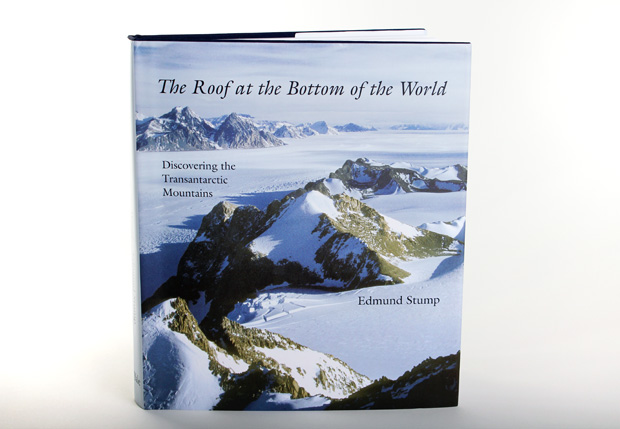
One of the last remaining mysteries of the terrestrial world, the Transantarctic Mountains that abut the South Pole elicit the kind of exploratory giddiness typically reserved for 16th century seafarers. Scientist-explorer Edmund Stump has charted the courses of previous polar expeditions through this magnificent range, bringing to bear the trials of exploration from Clark Ross’ initial 1840 voyage to scientific missions of the late 20th century. The Roof at the Bottom of the World transports readers into a world of rock and ice, one filled with stark beauty, unforgiving conditions and the enthrall of virgin terrain.
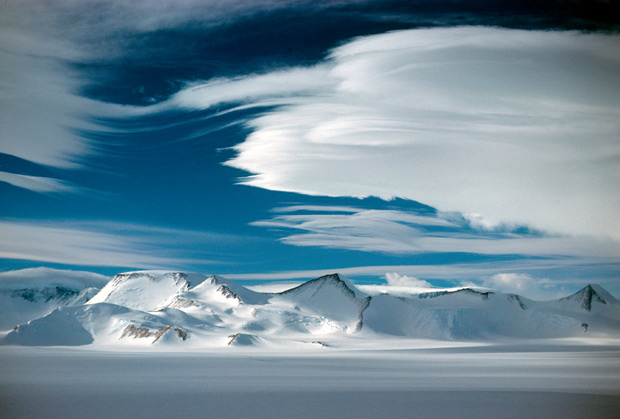
Not to be confused with other mountain photography books, Stump’s work is for people with an earnest interest in geology and exploration. While including details culled from journals and ship logs, Stump keeps narrative considerations in mind as he effortlessly guides readers through the labyrinthine region. Super-imposed route lines decorate historic maps as well as Stump’s own images, giving readers insight into historic journeys such as the Discovery Expedition taken by explorers Robert Falcon Scott and Ernest Shackleton in 1901.
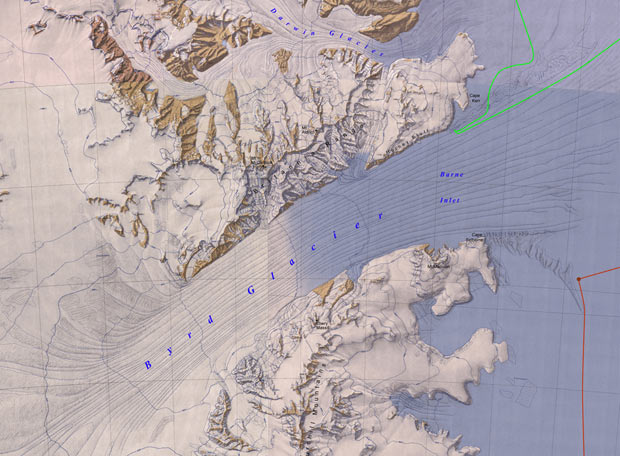
His rich prose adds dimension to the journeys he narrates. Describing the antarctic wind, Stump writes, “It is movement and sound, alternately relentless and fickle. When it stop s and the sun beams down from a cloudless sky, you can strip to bare skin and immediately feel the warmth. But let one puff of breeze disturb the thin layer of radiant air, and shivers will well up.” For those of us who lack the means to travel to the remotest regions of the earth, Stump’s account provides a vicarious substitute.
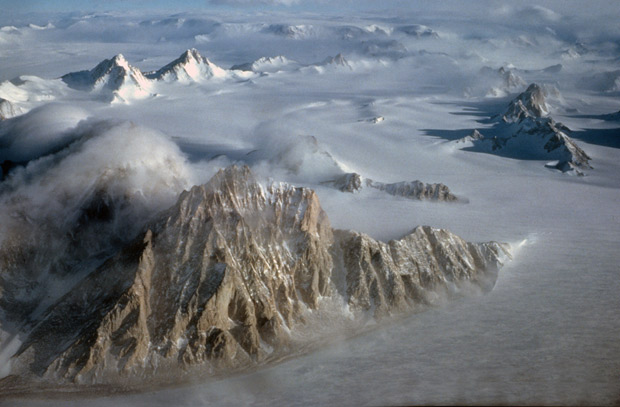
With a wealth of personal experience documenting the Transantarctic Mountains, Stump’s work is as much a reflection of his own desire to understand the region as the explorers who preceded him. He notes an attachment of the Gothic Mountains, deemed by 1930s explorer Stuart Paine the “most attractive of all spots the world over.” The dark granite peaks of this area make harsh reliefs to the uninterrupted canvas of the low-lying Scott glacier.
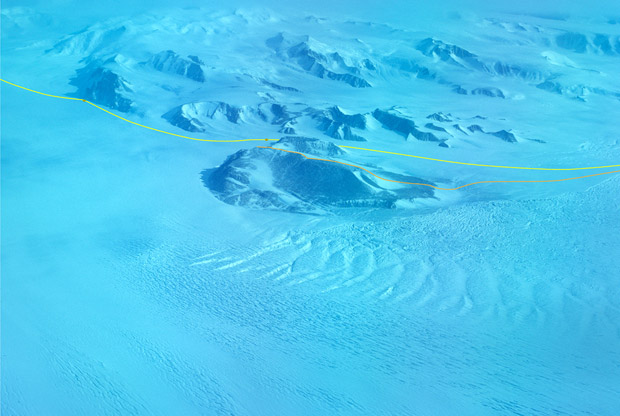
The Roof at the Bottom of the World offers an understanding of the rich texture that underlies the sweeping glaciers of the antarctic. and is available from Yale University Press through Amazon for $19.












